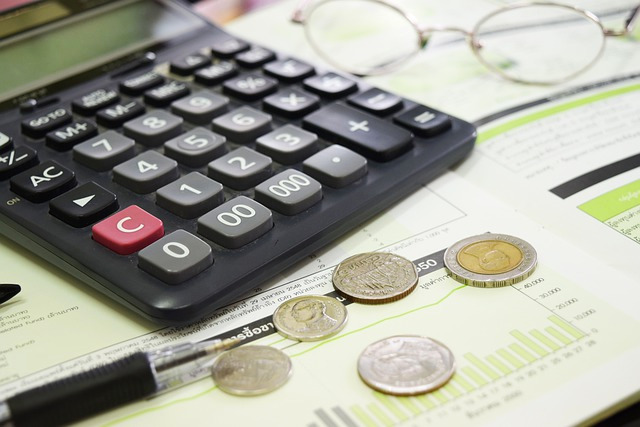
7 Things That Affect Palisade Fence Price
Like most fence types, one of the most common online searches related to palisade fence is for palisade fence prices. However, also like most fences, there’s no single answer for it.
This is because there are so many variations to palisade fence specifications and site conditions that it’s almost impossible to estimate what your palisade fence price will be upfront. However, there are several factors that will affect the price of your palisade fence. Let’s take a closer look.
Why Does Understanding Palisade Fence Prices Matter?
You might be wondering why it matters to know what affects palisade fence prices. After all, you simply ask fence companies to quote, and you choose the one that meets your budget, right?
However, because there are so many options and variables, there’s no way to be sure you’re comparing apples with apples unless you know what you’re looking at. You can also create a specification that is more likely to meet your security and budget needs if you know how to create palisade fence specifications. Now let’s see what you should be looking at when developing a specification for palisade, or when you receive palisade fence prices from contractors and suppliers.
1. Fence Height
Fence height is always a factor. The higher the fence, the more steel is required for pales and posts, which will always increase the cost. Fence height can also affect the type of pales you can have – most lower palisade fence types will not have spikes because they could be a hazard to the public.
2. Panel Width
Panel width is another big factor in palisade fence price, for several reasons.
First, there’s shipping. Narrower panels might be easier to fit on a flat deck, which means you can get more on each load, which will cut shipping costs.
However, narrower panels mean you will need more posts, which could affect both your material cost and your concrete and installation costs. So, it’s important to look at the whole picture including material and labour before you decide which option makes the most sense.
3. Product Finish
There are many different types of palisade fence on the market. Some is roll formed from pre galvanized metal sheets. Some is metalized, and some is hot dip galvanized. Of these base finishes, hot dip galvanizing will provide the most protection against corrosion.
Many palisade fence systems are also painted, or powder coated. Pay close attention to what kind of colour coating is used, and what the process and product used is. This can affect your palisade fence price dramatically, and a lower quality coating will probably flake and peel or rust before a higher quality one.
4. Steel Length
When palisade fences are constructed from angle iron rather than roll formed angles and with structural steel posts and other components, the steel for the fence is usually available in fixed lengths. These lengths have to be cut to size, and the smaller the offcut is, the lower the impact on your palisade fence price will be.
Speak to the palisade fence company you are considering working with and ask them to develop a specification that has minimal steel waste, so that you aren’t paying for material that will be recycled anyway.
5. Panel Construction
There are two main types of palisade panels. Those that come to site fully assembled, and those that have to be constructed on site. There are pros and cons to both of these.
On the one hand, palisade panels that are bolted on site are much easier to ship, because the components are easy to stack, and you can maximise the weight allowance of each shipment. They’re also lighter, so they’re easier to move around your site and install. However, bolting individual components together can slow down installation as much as 30%, which means you will probably pay more for labour.
Welded panels are heavier and take up more space during shipping, so you could pay more for freight. They’re also heavier and harder to move into place on site. However, even with the added effort, installation is usually quicker, so you can save money on labour costs.
6. Steel Thickness
One of the biggest factors in palisade fence prices is the thickness of the steel it’s constructed from. Of course, the more steel there is in each component, the stronger it will be, but it will also cost more in raw material, galvanizing and freight costs.
This is one of the most important things to compare when you are evaluating palisade fence prices. A few millimeters difference on a component or two could make a huge price difference.
7. Post Type
The strongest palisade fences use IPE, or I beam posts, which are structural steel components and are very strong and hardwearing.
Cheaper palisade specifications might use roll formed posts or square or rectangular tubing posts. They won’t be as strong as I beams or IPEs, but they do cost less, so it really depends on whether you want a stronger fence or a cheaper one!
Ask Questions
If you’re evaluating various palisade fence prices from different companies, never be afraid to ask questions. As you can see, these and other seemingly minor changes in specification can have an enormous effect on the final price of your palisade fence.
You always want to be sure that the prices you are comparing are for the same fence system, or you might not be getting the great deal you thought you were. So, ask lots of questions, and if one company’s price is considerably higher, consider letting them review competing specifications to explain how their product differs.
If there is a dramatic price difference between companies who are quoting any kind of fence, there’s a good chance they are not quoting on the same thing. So keep asking questions until you are happy you’re getting the fence you want.


